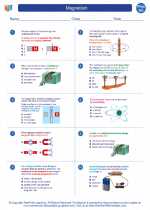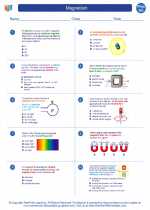Properties of Quartz
- Hardness: Quartz is a relatively hard mineral, with a rating of 7 on the Mohs scale. This makes it resistant to scratching and suitable for use in various applications.
- Transparency: Quartz can occur in a range of transparency levels, from transparent to translucent to opaque, depending on the impurities present in the crystal structure.
- Color: Pure quartz is colorless and transparent. However, it can also occur in a variety of colors due to impurities, such as amethyst (purple), citrine (yellow), and rose quartz (pink).
- Crystal Structure: Quartz typically forms hexagonal prisms with pyramidal ends. This crystal structure is a defining characteristic of quartz.
- Thermal Stability: Quartz has high thermal stability and does not easily undergo phase transitions, making it useful in high-temperature applications.
Uses of Quartz
Quartz has a wide range of uses due to its unique properties:
- Electronic Devices: Quartz crystals are used in electronic devices such as watches, clocks, and radios for their precise timekeeping properties.
- Glassmaking: Due to its high melting point and transparency, quartz is a key ingredient in the production of glass.
- Construction and Building Materials: Quartz is used in the production of concrete and various building materials due to its hardness and durability.
- Jewelry: Gem-quality quartz varieties such as amethyst and citrine are popular in jewelry making.
- Industrial Applications: Quartz is used in various industrial applications, including in the production of silicon for semiconductors and solar panels.
Studying Quartz
When studying quartz, it's important to understand its crystal structure, physical properties, and the role it plays in various industries. Here are some key topics to focus on:
- Crystal Structure: Explore the hexagonal crystal structure of quartz and how it contributes to its unique properties.
- Chemical Composition: Understand the chemical formula of quartz and how it relates to its physical and chemical properties.
- Uses and Applications: Investigate the wide range of uses for quartz in industry, technology, and everyday products.
- Formation and Occurrence: Study the geological processes that lead to the formation of quartz and its abundance in the Earth's crust.
◂Physics Worksheets and Study Guides High School. Magnetism
The resources above cover the following skills:
Concepts of Physical Science (SB1, SB2, SB3, SB4)
The student demonstrates an understanding of the structure and properties of matter by describing atoms and their base components (i.e., protons, neutrons, electrons).
Concepts of Physical Science (SB1, SB2, SB3, SB4)
The student demonstrates an understanding of the structure and properties of matter by using the periodic table to describe atoms in terms of their base components (i.e., protons, neutrons, electrons).



